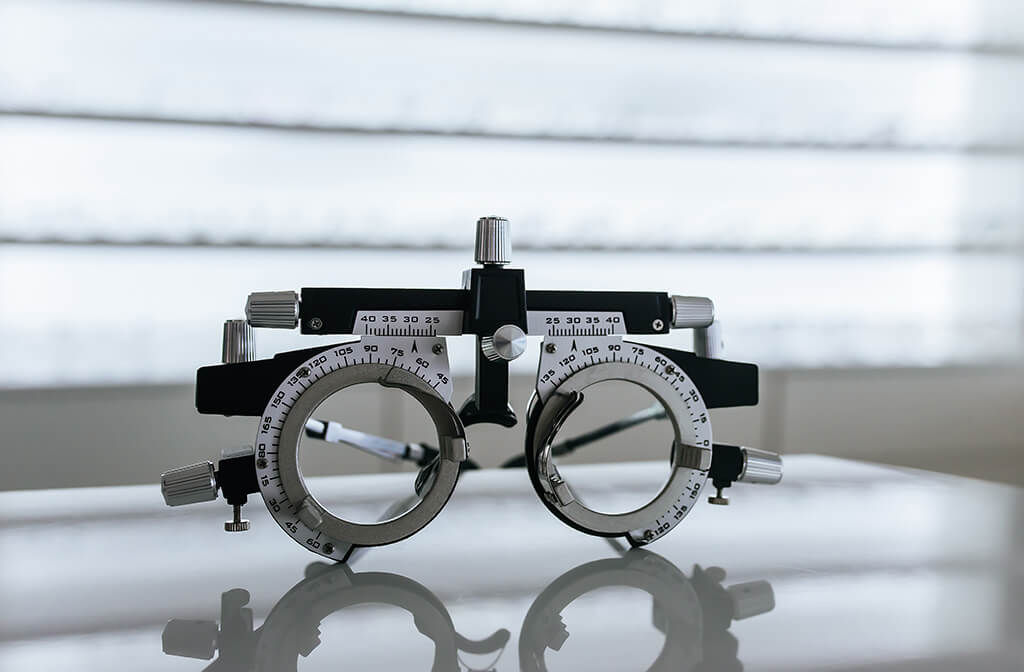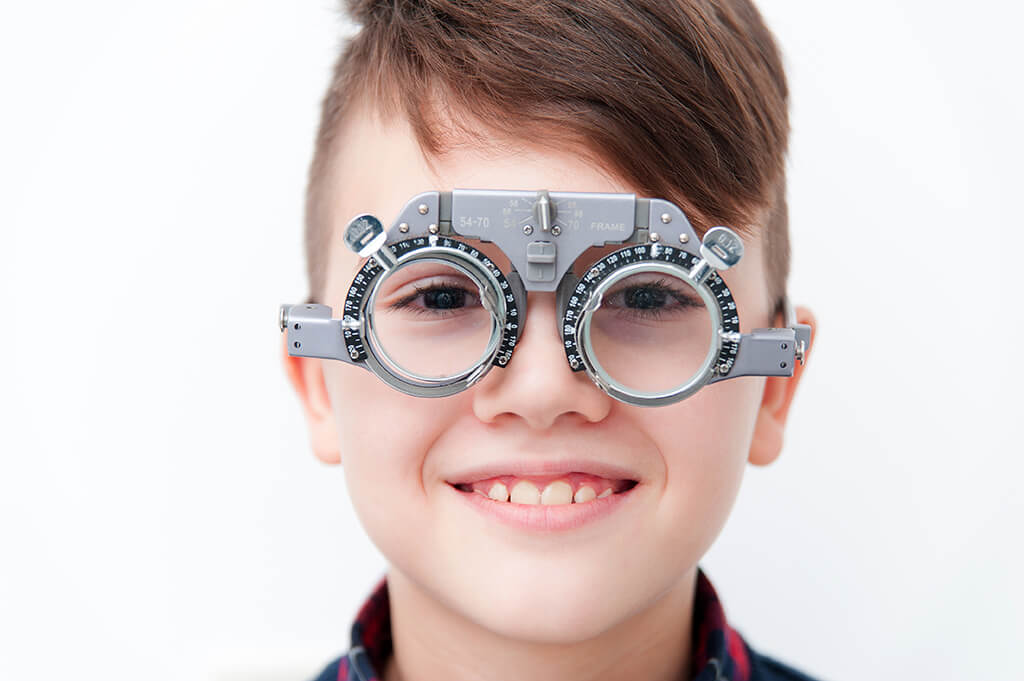Vision rehabilitation & Low vision aids


What is low vision?
A person with low vision is one who has impairment of visual function even after treatment and/or standard refractive correction and who has
- BCVA in the better eye of 6/18 to light perception
- Visual field of 10 degree from the point of fixation
But who uses or is potentially able to use vision for the planning or execution of a task.
OPTICAL DEVICE:
An optical device that improves or enhances residual vision by magnifying the image of the object at retinal level. Principle- with sufficient magnification the normal retina surrounding the damaged central retina can be used for central vision and a functionally useful image can be perceived
Available Treatment Options
- Spectacle-mounted Reading Lenses- These lenses, afford hands-free magnification, provide a wider field of view. Available in a wide range of powers, up to an equivalent power of +80.00 D
- Telemicroscopes- They allow magnification at a greater working distance. The increased working distance is achieved at the expense of field of view, which can result in reduced reading speed.
- Hand magnifiers. These devices afford magnification at variable working distances, and are especially useful for viewing targets at arm's length or for short-term spotting activities. A shorter lens-to-eye distance will allow a greater field of view.
- Stand Magnifiers- These magnifiers allow for a greater working distance with a smaller field of view than equivalent powered spectacles. Patients appreciate a stand magnifier for reading needs because the lens-to-object distance is predetermined and fixed. In addition, illuminated stand magnifiers are helpful when lighting cannot be controlled
- Electronic Devices. Closed-circuit television systems (CCTVs, also known as video magnifiers), adaptive computer hardware and software, and head-mounted devices (HMDs) not only magnify the image, but can enhance contrast and allow binocular viewing. In many cases, these devices permit the user to manipulate both the magnification and contrast with more comfortable reading/writing posture, longer reading/writing duration, and faster reading speed than optical devices.
Magnification for Distance
- Telescopes- These devices can be prescribed as hand-held or spectacle-mounted systems, monocular or binocular. Hand-held telescopes are most appropriate for short-term viewing or spotting activities (e.g., reading bus numbers or street signs, or viewing boardwork in the classroom). For extended viewing (e.g., watching a television program or sporting event), or hands-free use (e.g., driving, where legally permitted), a spectacle-mounted system is indicated.
- Electronic Devices. Several head-mounted video devices or electronic magnification systems are now available, with features including variable autofocus magnification, variable contrast enhancement, and reverse polarity capability. These devices are useful for both distance and near application.

